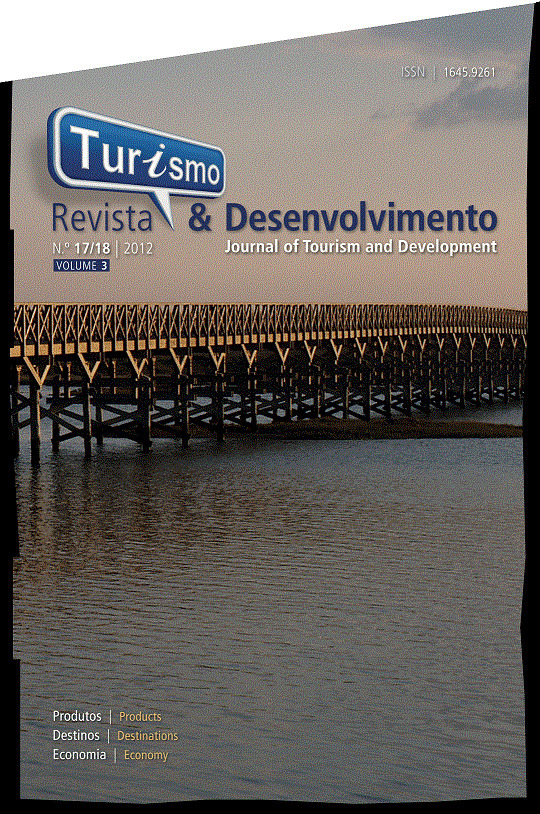Turismo na Área de Represa de Ibitinga no Rio Tietê: Trajetória evolutiva em Arealva, São Paulo, Brasil
Resumo
Este trabalho aborda a ocupação e uso turístico das margens do rio Tietê no município de Arealva (São Paulo, Brasil), a partir da construção da Barragem de Ibitinga no período se 1960 a 2009. A pesquisa exploratório-explicativa fundamenta-se em fontes bibliográficas e documentais, entrevistas com dirigentes do município e moradores antigos, consulta à Internet sobre dados do município e observação in loco. A trajetória evolutiva do turismo na região é analisada em quatro fases, destacando a Praia Municipal como a atração turística e de lazer, atualmente em decadência, que marca o início e crescimento dos ranchos e loteamentos às margens do rio Tietê. O turismo fluvial nessa área parece não ser prioritário para as políticas públicas, face à falta de investimentos e ordenação do uso público e turístico.





